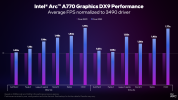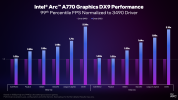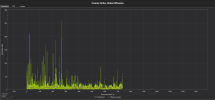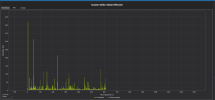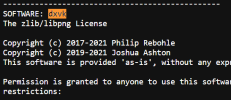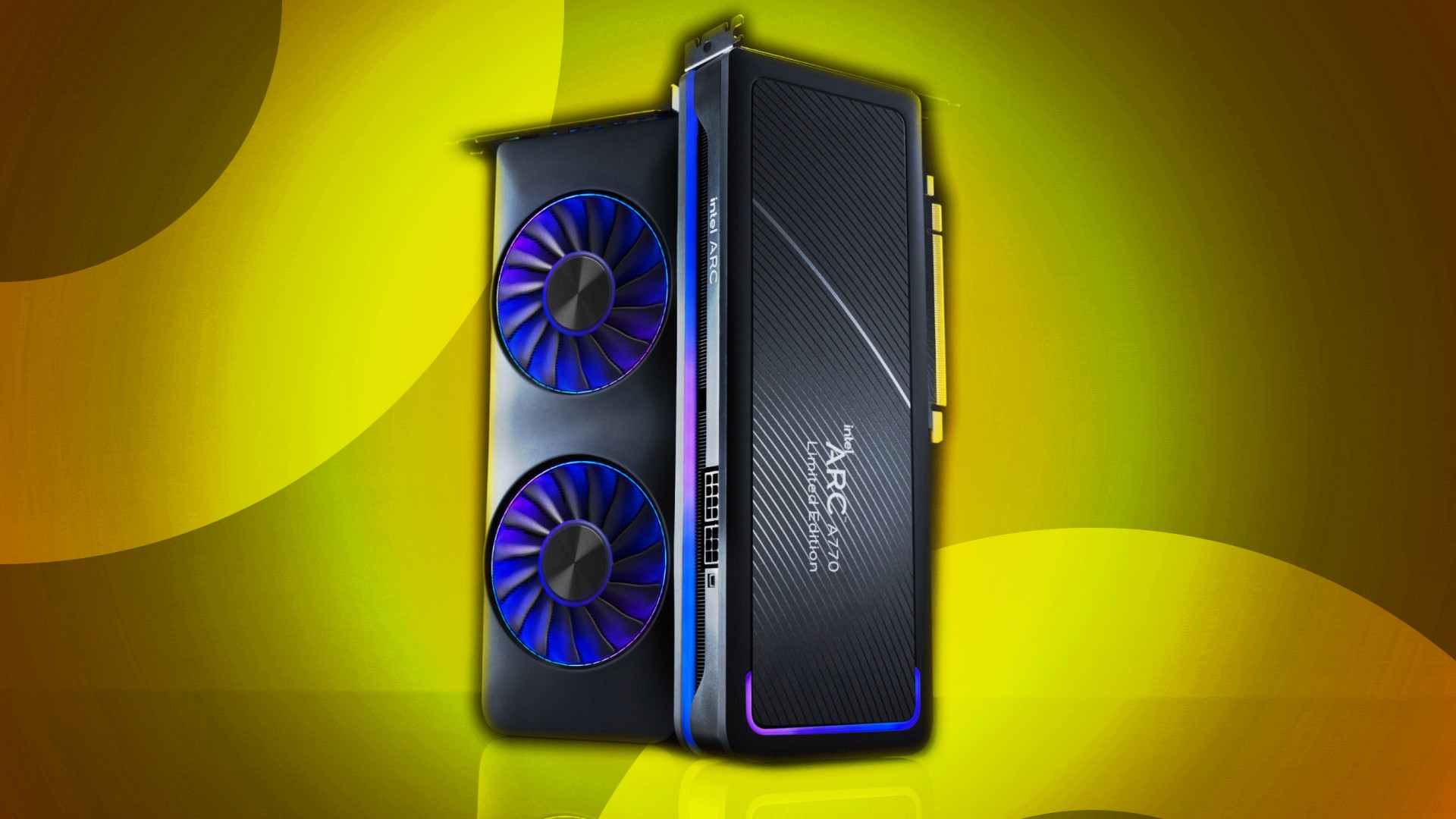Raja Koduri interview.
Having recently launched Intel's first discrete GPU lineup for gamers, Raja Koduri was in India to chat about PC gaming, AI, and future plans.

www.gadgets360.com
Are you going to be sticking to the roadmap for Battlemage and Celestial?
Raja Koduri: Yes, absolutely.
Are GPU design cycles also around 24 to 30 months long, as with CPUs for Intel?
Raja Koduri: Not really. Doing a new architecture is always very difficult. New architectures take 3-4 years but after that once you have a baseline, iterating on it is quite fast. Since we are coming from nothing, we want to iterate fast so that we can catch up to the competition in every segment.
You have stated that Arc has challenges with games that make excessive numbers of draw calls, and you'd said that driver updates might mitigate that. So what's the timeline on that? Is performance coming up to the mark with your expectations?
Raja Koduri: Yes, absolutely. The two APIs that are the most challenging for draw calls are DirectX 9 and DirectX 11. The DX9 driver update should be happening relatively soon and DX11 shortly thereafter. They are imminent. There'll be some nice announcements. It will make a huge [difference], we're not talking five or ten percent. In some cases, it'll be much, much larger.
So what are the major constraints that you face [in developing and popularising Arc]?
Raja Koduri: On the gaming side, the install base of old games is amazing. DirectX 9 is an API that launched in 2002. It's a 20-year-old API and there are games that haven't been touched for more than a decade but are very, very popular.
Some of them actually have bugs. It isn't just our driver; there were wrong uses of the API but they were bug-compatible with older AMD or NVIDIA drivers. So we have to make them work. The user doesn't really care about what an API is, right? They just plug in an Arc card and run a game and say it doesn't work. So it's our responsibility to make it work, no matter where in the stack of properties [an incompatibilty lies]. That's the long tail that we had to check, but we pretty much went through 95–96 percent of all those issues on our path to launch. Now we're on the last 1–3 percent and we have managed to hammer through these releases.
We're seeing modern GPUs consuming ridiculous amounts of power, even though manufacturers have moved to more efficient process modes. 600W and 800W power supplies are becoming the norm now. Will Intel also follow this trend?
Raja Koduri: Performance per Watt, or delivering higher performance at lower power, is my top priority. There will always be someone with some skill who can say “I'm going to give you more juice”, but my focus is lower power. The other issue I find with just increasing power and bragging about benchmarks is that while it's good from a marketing standpoint, [there is a limited] number of PC users who can just buy such a card and plug it in. It dramatically reduces your overall market, right?
It's incredible how complex PCs have become. I don't do as much DIY as I used to maybe 5-10 years ago, but recently I put two PCs together using both my hardware and competition's hardware, and even just getting all these connectors in was like “Hmmmm!” I actually live this, and I found it hard. It was funny, I had to go look at YouTube videos! I really still love the DIY culture. That's what makes democratisation easy, and I'd love to find ways to continue that. I've been thinking about how to do that in a more modular fashion, and
I think the PC needs a reboot.
When XE first came out, I think a lot of us were excited that the integrated graphics on basic CPUs would get a significant bump, but we haven't seen that yet. Where do you see the baseline for entry-level integrated graphics, and why hasn't that progressed significantly recently?
Raja Koduri: Great question! In fact, that was always the plan.
Meteor Lake was always the plan but what happened, and this is something we have publicly said, was delays in our Core CPU roadmap and 10nm process. We stayed on 10nm for a couple more generations [than intended]. Advanced XE graphics were on the next node, ready to go, but the
Meteor Lake platform is the one that is going to ship that new Xe graphics with ray tracing and all those great features. So I can't wait for the world to see Meteor Lake, which will change the entire integrated graphics landscape.
Even for the low-end Pentiums and Celerons? For entry-level PCs and Chromebooks?
Raja Koduri: Yes, you'll see that.
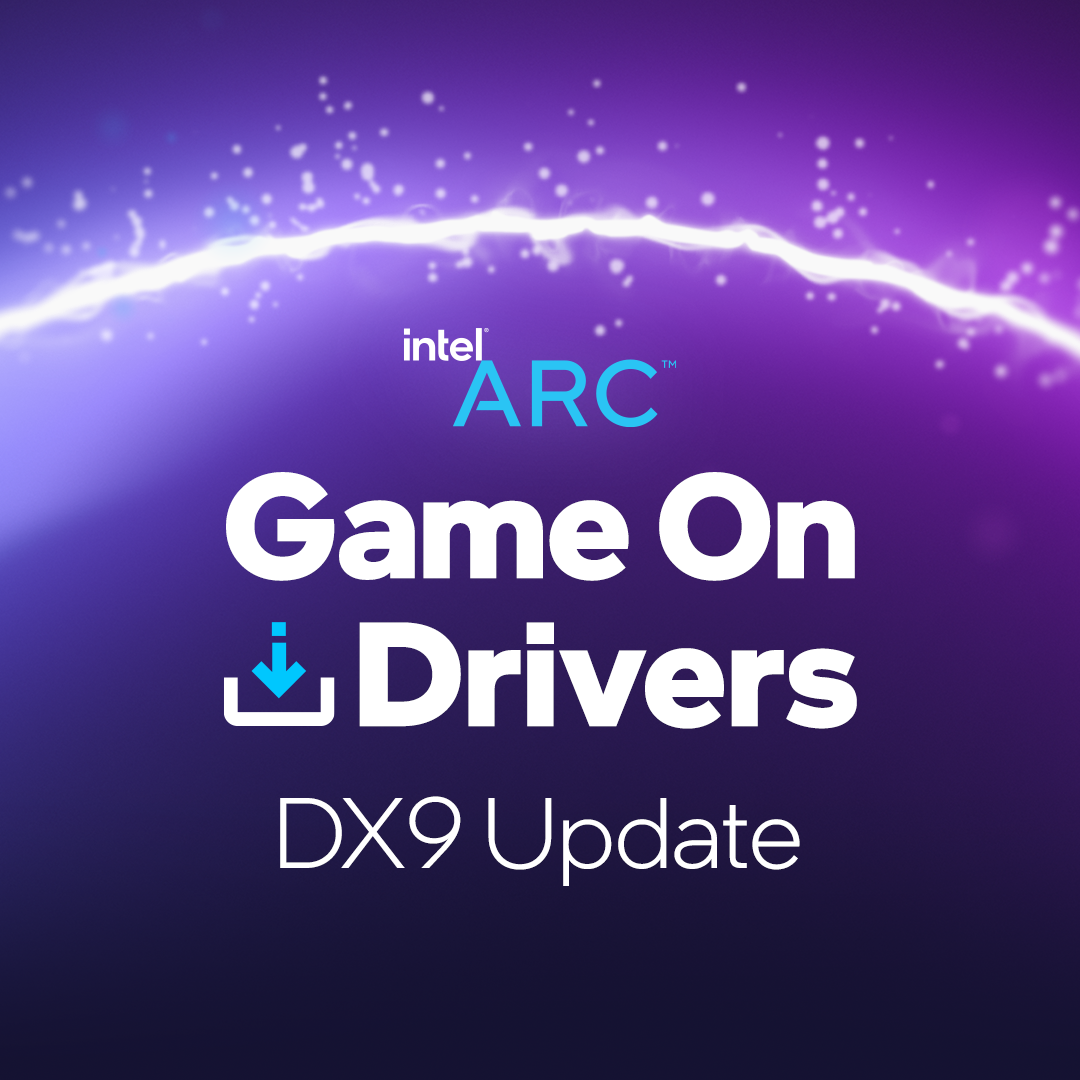
 game.intel.com
game.intel.com

